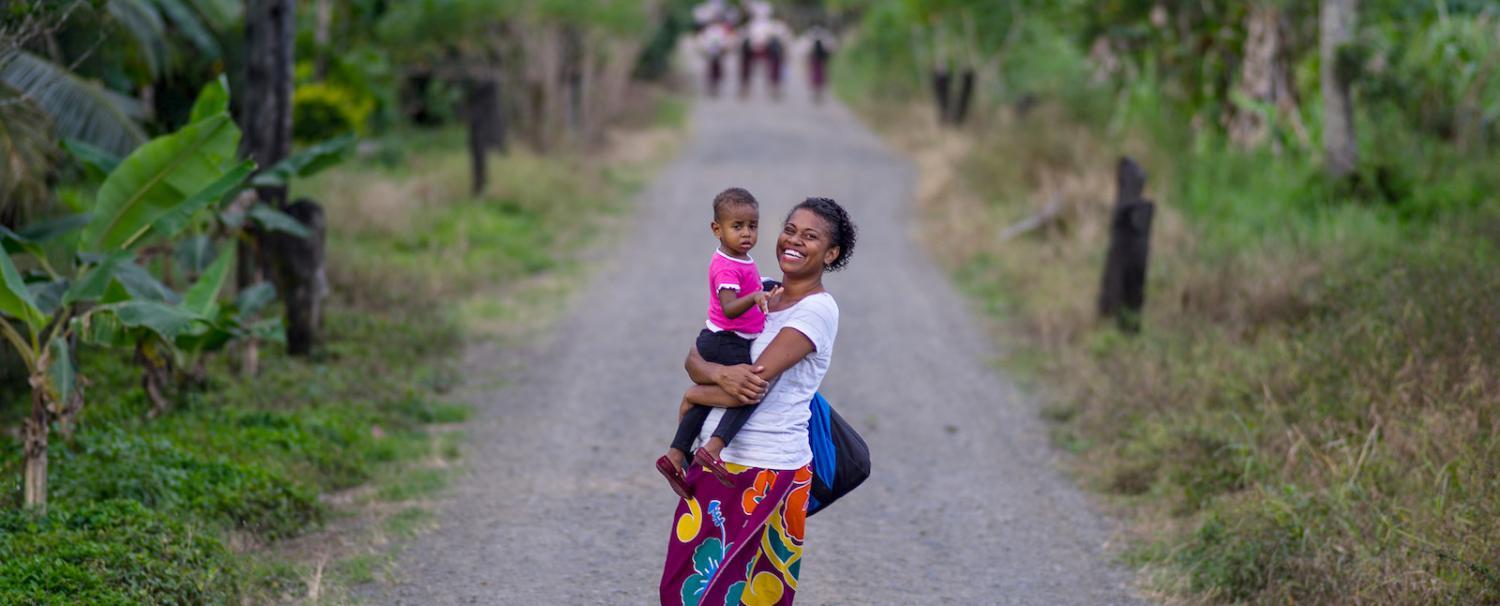The image of Pacific Islands as a benign utopia – an exotic paradise of green palms, sandy beaches and smiling locals – is a lingering vestige of the first colonial era contact with Europeans. The same clichéd themes can be seen in modern day advertising campaigns to encourage foreign holiday–makers: “Where happiness finds you” (Fiji), “Discover the treasured islands” (Samoa), “Islands the way they use to be” (Tahiti), “A million different journeys” (Papua New Guinea) and “Seek the unexplored” (Solomon Islands).
This is the façade created by the tourism industry. In our research, published in a recent article, we wanted to know what lay behind.
Has tourism delivered to Pacific islanders more than just the crumbs from the tourists’ table? Has tourism helped or hindered external perceptions of the real contexts of Pacific island countries? Has a focus on tourism come at a cost for other opportunities, given that it can be an ambiguous pathway to development?
The status quo
Tourism in Pacific island countries (PICs) presently serves as a mainstay of economic prospects for the region. But there are several key themes and questions about the prospects for the industry.
Some challenges are practical. Nationally owned airlines in the Pacific have a checkered past with most requiring external intervention. Unlike Southeast Asian destinations, a lack of demand and competition makes air travel to the Pacific expensive.
It is clear the geopolitical context of the Pacific will have an abiding influence on future tourism flows.
Other challenges stem from attraction. It is clear the geopolitical context of the Pacific will have an abiding influence on future tourism flows. The traditional source markets have been Australia and New Zealand. But it remains a question whether this trend will continue or shift to Chinese tourists.
Either way, the rise of Chinese outbound tourism matters, which leaves two important questions: “do Chinese tourists want to visit Pacific Island countries?” and “are PICs prepared for them?”
And then there is the challenge of making money. The markers of tourism success are linked to international visitation and expenditures. However, it is also vital to acknowledge non–economic impacts, including security of land tenure and social and environmental sustainability. Economic leakages and the linkages to other sectors are also fundamental to optimising economic returns to tourism communities.
Developing tourism resilience in destination communities is vital if the Pacific way of life is to be maintained. This refers to non–economic dimensions of wellbeing and livelihoods such as maintenance of tradition, and relationships that underpin communities.
Tourism as development
International organisations are convinced of the potential for tourism in the Pacific.
The United Nations World Tourism Organisation declared 2017 the International Year of Sustainable Tourism for Development and set targets linking tourism to the Sustainable Development Goals.
The World Bank is a key proponent of tourism–led growth and actively positions the sector as the “bread and butter of the Pacific”. In Pacific Possible, the World Bank posits that by 2040, the region could attract an additional 1 million international visitors valued at $US1.8 billion annually, generating 128,000 jobs.
Yet concerns about tourism and development have been prominent since the 1980s. It was thought that in embracing tourism, PICs became enmeshed in a global system over which they had little control. Noted geographer Stephen Britton argued that tourism’s role in development was questionable.
It’s obvious that tourism has the potential to offer communities genuine opportunities for empowerment. But tourism for development’s success record has been unconvincing: it only works with effective governance and with genuine local-level involvement.
Behind the façade
Behind the optimistic economic arguments, the façade of tourism campaigns and Instagram pictures, threatening prospects are at play.
First is the looming doomsday scenario: climate change and rising sea levels suggest imminent catastrophe for some PICs.
Second is the set of persistent and immovable constraints in the way of better development outcomes. Despite the extent of international development aid flows, progress lags. Health and wellbeing outcomes appear to be stubbornly unyielding.
All this remains despite decades of tourism-oriented growth policies.
While it is unfair to lay the stickiness of development progress at the feet of tourism, it does prompt questions about the tourism-led growth hypothesis endorsed by the World Bank and key development partners, Australia and New Zealand.
If not tourism, what?
Considering its economic impact, Pacific islanders are seemingly going to want more, not less tourism.
This suggests urgency for policy and governance regimes that enable more optimal modes of tourism that overcome binding constraints to tourism success. Both policy reforms for stronger local-level impacts and efforts to mitigate intractable operating constraints must be maintained and not left to whims of the global travel supply chain.
That dependence on tourism is not without risk is a truism. For PICs, tourism offers some of the strongest economic prospects. Their futures will likely remain aligned to it.


